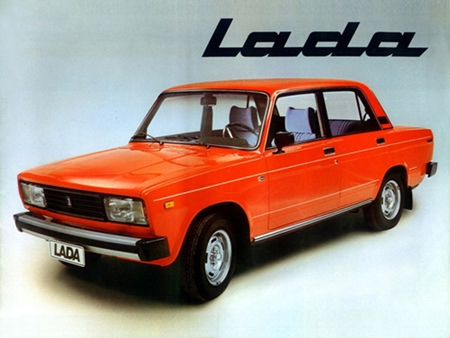Russian automaker AvtoVAZ has announced the cessation of its Lada brand after 40 years on the Russian roads. Once a prized possession, Russians waited for many years to be able to purchase one.
The Lada’s were manufactured following a deal with Fiat, with the first Lada Classic 2101 produced in 1970, based on the Fiat 124 four-door sedan which was popular across Europe.
 The Late Lamented Lada.
The Late Lamented Lada.
The Classic (Zhiguli as it was also known in the former Soviet Union) was a big hit in post-war Russia where car ownership itself was a status symbol and Western brands were not on sale.
Vyacheslav Lysakov, a member of parliament and the head of a motorists’ association, Free Choice, explained that it was a case of national affection. “For many years in Soviet times the Classic was an unattainable dream for many men. It was very hard to get hold of one and people waited in queues for years,” he said.
AvtoVAZ halted production last month of the seventh model in the series, the 2107, leaving only the 2104 Classic station wagon in production. The company said it was also ceasing production of that model by the end of this year.
AvtoVAZ said the seven cars in the Classic series had sold more than 17.75 million vehicles. In its heyday, the Lada was also exported to Vietnam, where I had the pleasure of being ferried about in an elderly Classic, held together with baling wire and determination.
Lada sales fell 15 percent year on year in the last quarter and AvtoVAZ is recalling nearly 100,000 new Ladas because of technical faults, including 70,000 Lada Kalinas, a model Putin promoted by driving it 2,000 km across Siberia in 2010.
The decline in the national car industry is the reverse of the car sales industry in that country where Russia is on track to become Europe’s biggest car market by the end of the decade, with the increasing affluence of the Russian population. Car sales are expected to grow about 6 percent this year to 2.8 million vehicles and reach 4 million by 2015.
Renault, General Motors, VW, Hyundai and Ford are among global players in the early stages of expanding production into Russia to satisfy the growing market.




